
Spanish Christmas Traditions: A Look at Festive Customs
Christmas in Spain is a time of year marked by tradition, family and joy. The streets are filled with Christmas lights, nativity scenes adorn homes and squares, and Christmas carols ring out everywhere as families gather around the Christmas tree to celebrate the Christmas spirit. From Midnight Mass on Christmas Eve to the arrival of the Three Wise Men from the East, including parades, the Christmas Lottery draw and delicious foods such as turrón and polvorones, Spanish Christmas traditions offer a journey full of history, symbolism and flavour. Throughout this blog, we will explore the main customs that make Christmas in Spain a unique holiday season, full of endearing moments and joy.
Christmas Eve celebration in Spanish Christmas traditions
Christmas Eve preparations and customs in Spain
Christmas Eve is one of the most anticipated moments during the Christmas holidays in Spain. Families gather for a special dinner, prepare the Nativity scene and turn on the Christmas tree lights, creating a warm and festive atmosphere. It is common to hear Christmas carols while playing the tambourine and the zambomba, traditional instruments that accompany these dates. Before midnight, many attend the famous Midnight Mass, a religious tradition that celebrates the birth of Jesus.
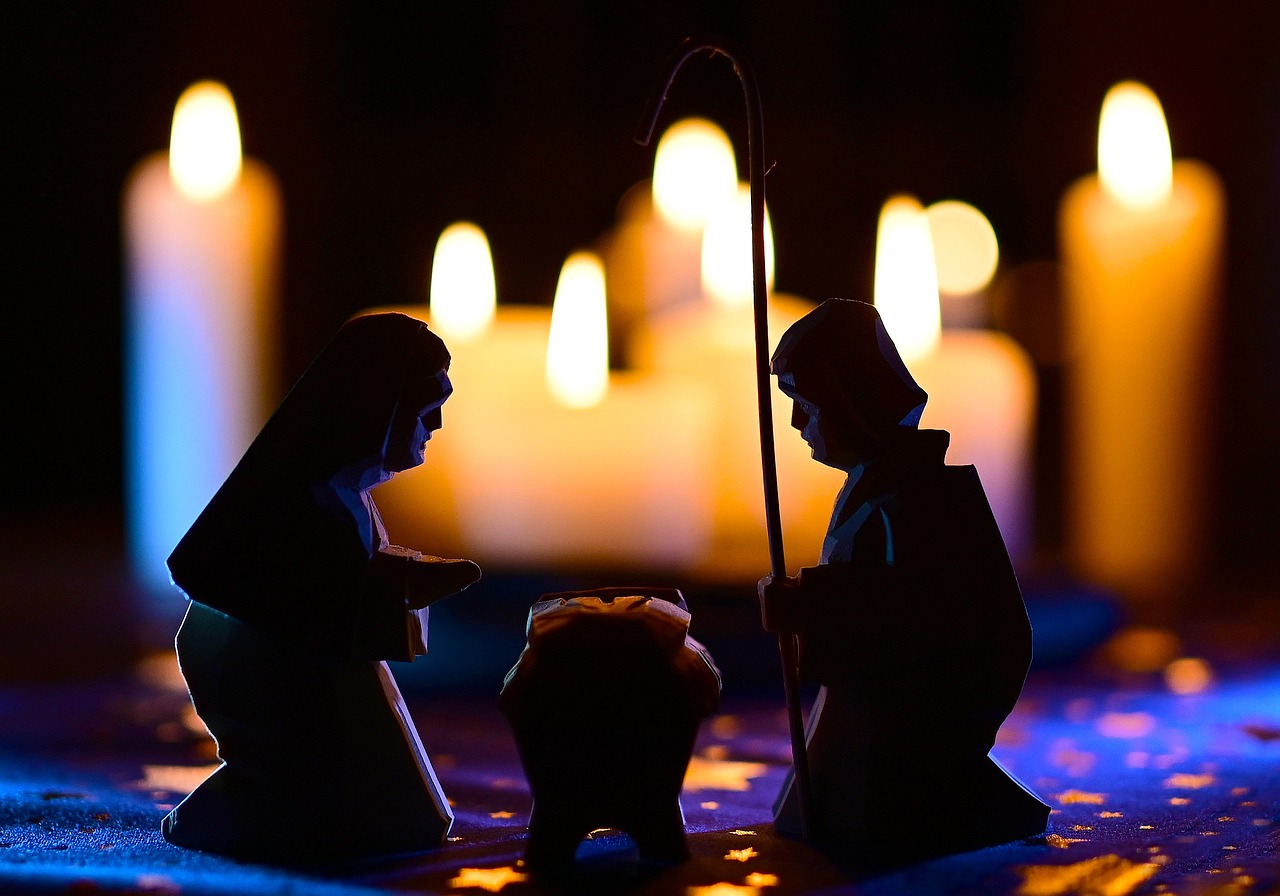
Typical dishes of the Spanish Christmas Eve dinner
Christmas Eve dinner is one of the most important of the year in Spanish homes. Traditional dishes such as truffled turkey, cava for toasting and Christmas sweets such as nougat and polvorones are enjoyed. Depending on the region, seafood, lamb or even cod can also be enjoyed. In some areas, such as Catalonia, "chocolatada" is prepared, while "Caga Tió", a curious Catalan tradition, is part of the pre-dinner rituals.
Christmas Day Traditions in Spain
Family Activities on Spanish Christmas Day
December 25, Christmas Day, is a day to enjoy with the family. Mornings usually begin with the exchange of gifts under the Christmas tree, and many families continue the celebrations with festive lunches. In some communities, such as Catalonia, St. Stephen's Day is also celebrated on December 26, which extends the holiday by one more day. Children, still excited about the holidays, write their letter to the Three Wise Men, who will arrive shortly.
Masses and religious celebrations at Christmas
Christmas in Spain also has a deep religious character. In addition to Midnight Mass, many people attend other religious celebrations on December 25. Churches and cathedrals often have a nativity scene depicting the birth of Jesus, and the faithful come to pray and celebrate the holiday. Processions and carols are part of these ceremonies, which are essential for the most devout families.
The importance of the Holy Innocents in Spanish Christmas traditions
Origin and meaning of the Day of the Holy Innocents
On December 28, Spain celebrates the Day of the Holy Innocents, a tradition that has its roots in the biblical story when Herod ordered the slaughter of the children in Bethlehem. Over time, this commemoration has evolved into a day of pranks, similar to "April Fool's" in other countries.
December 28th pranks and traditions in Spain
During this day, it is customary to play light pranks on friends and family. Pranks can range from simple hoaxes to fake news in the media, always with a humorous touch. It is a joyful and long-awaited tradition, which adds a fun nuance to the Christmas festivities.
New Year's Eve celebrations in Spanish Christmas traditions
New Year's Eve rituals and superstitions in Spain
New Year's Eve in Spain is full of rituals and superstitions that, according to popular belief, bring good luck for the new year. Among them, the custom of wearing red underwear, toasting with cava and throwing a gold ring into the glass stands out. In addition, the Christmas Lottery, held days before, marks the beginning of hopes and wishes for the coming year.
The tradition of the 12 grapes on New Year's Eve
One of the most iconic moments of the Spanish New Year's Eve is the tradition of eating 12 grapes to the rhythm of the midnight chimes. This ritual, which takes place on the last night of the year, symbolizes good luck for the coming 12 months. Many families gather around the television or in squares such as Puerta del Sol in Madrid to follow the countdown.
The arrival of the Three Wise Men: The end of Spanish Christmas traditions
Cavalcades of the Three Wise Men in various cities in Spain
On January 5, the arrival of the Three Wise Men from the East is celebrated with large cavalcades that go through the main cities and towns of Spain. These cavalcades, full of lights, floats and parades, are a magical spectacle for the little ones, who throw letters to the Three Wise Men to ask for their gifts.
Customs and gifts on the morning of the Three Wise Men
On January 6, Three Wise Men's Day, the Christmas festivities come to an end. Children wake up excited to open the gifts that the Three Wise Men have left the night before. In addition, on this day the traditional Roscón de Reyes is shared, a sweet in the shape of a crown that hides surprises inside. Families gather to enjoy one last Christmas celebration before returning to routine. This day also marks the feast of Epiphany, a religious date that commemorates the adoration of the Kings to the Child Jesus.
With these traditions, Christmas in Spain is not only a celebration of joy and family unity, but also a journey through the rich history and culture of the country.
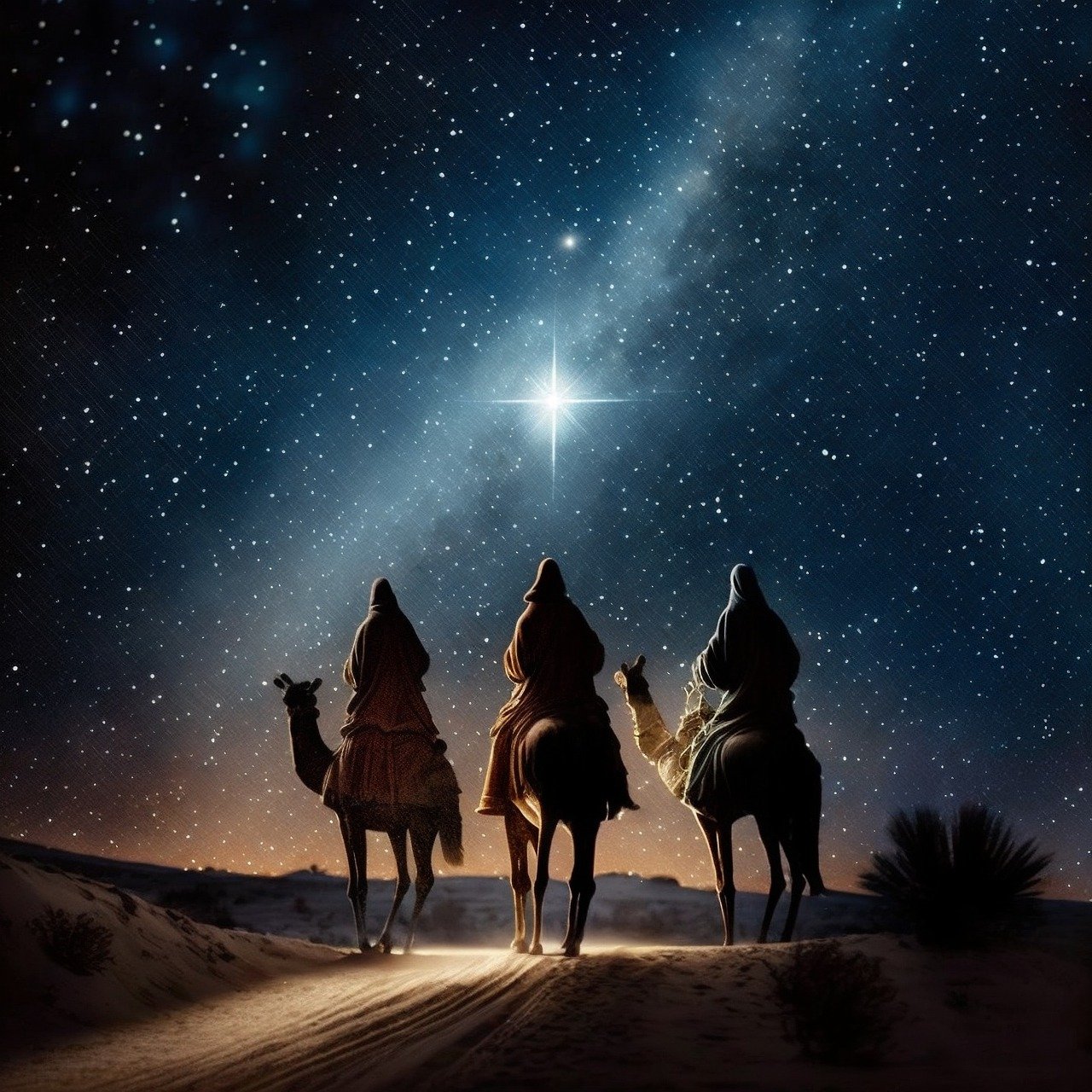
Frequently Asked Questions About Spanish Christmas Traditions
What is the origin of Spanish Christmas traditions?
Christmas traditions in Spain have deep roots in the Christian religion, centered on the celebration of the birth of Jesus in Bethlehem.
Since the 4th century, this holiday has evolved and been enriched by a variety of local customs that vary by region, making each community bring its own stamp to the celebration.
Iconic elements such as the nativity scene, which represents the scene of the birth of Christ, and the Midnight Mass, which is celebrated at midnight on December 24, are fundamental aspects of these traditions.
However, over time, Spanish Christmas traditions have absorbed pagan and popular influences. A clear example of this is the Christmas Lottery, which is held on December 22 and has become a significant national event.
The hope of winning the "Gordo" brings families together and creates a festive atmosphere in the country. In addition, gastronomy plays a crucial role during this time, with typical sweets such as turrón, polvorones and mantecados, which are prepared especially for Christmas and enjoyed at the festive table.
How is Christmas Eve celebrated in Spain?
Christmas Eve, celebrated on December 24, is one of the most significant holidays in the Spanish Christmas calendar. This evening is a special occasion for families to gather together and enjoy a meal together.
Typical dishes may vary by region, but many tables feature delicacies such as seafood, truffled turkey, lamb, and various starters that are a delight to the palate.
In most homes, a nativity scene is also set up or a Christmas tree is decorated, adorned with Christmas lights and decorations that create a festive and welcoming atmosphere. During the evening, it is customary for families to gather together to sing carols, popular songs that celebrate the Christmas spirit.
In addition, many families attend Midnight Mass, which is celebrated at midnight. This religious service has a deep symbolic meaning, as it commemorates the birth of Jesus and brings the community together in a moment of reflection and spirituality.
Christmas Eve in Spain is, therefore, a perfect blend of family traditions, gastronomy, music and religion, which contribute to creating a warm and festive atmosphere, marking the beginning of the Christmas celebrations.
What dishes are typical at Spanish Christmas dinners?
Christmas dinners in Spain are a celebration of diversity and abundance, characterized by a wide variety of dishes that reflect the traditions and customs of each region.
On many tables, emblematic dishes such as roast lamb or truffled turkey are served, which are favorite options at family dinners. In addition, seafood such as shrimp, prawns and barnacles are a popular choice, especially in coastal areas where the freshness of the sea is essential.
Cold cuts and Iberian ham also feature prominently on the table, often being the starters that kick off the feast. These high-quality products are a symbol of Spanish gastronomy and are enjoyed in abundance during celebrations.
Desserts are a must at Christmas dinner, with a variety of sweets including turrón, polvorones, marzipan and mantecados, which are specially made for this time of year. Each region brings its own interpretation of these desserts, which further enriches the culinary experience. For toasting, cava, a sparkling wine characteristic of the Catalonia region, is the drink of choice, symbolizing celebration and the festive spirit.
It is important to mention that each region of Spain has its culinary specialties, such as "besugo al horno" in Madrid or "caldo gallego" in the north, which reflect the rich gastronomic diversity of the country.
What activities take place on the Day of the Holy Innocents in Spain?
The Day of the Holy Innocents is celebrated on December 28, it is a highly anticipated day in Spain, known for its festive nature and its focus on jokes and pranks.
This day marks the beginning of a tradition in which people dedicate themselves to playing pranks on friends and family, seeking to make them laugh and surprise them with unexpected situations. Pranks can range from simple tricks, such as hiding everyday objects, to elaborate stories that are passed off as true.
In this fun atmosphere, not only citizens participate in the festivities, but the media also joins in the celebration. During this day, it is common for false or exaggerated news to be published, creating a game between reality and fiction.
In addition to pranks, many cities organize humorous events and festivals to commemorate the Day of the Holy Innocents. These events may include plays, performances by comedians, and interactive activities that encourage good humor and laughter among attendees.
What rituals are practiced on New Year's Eve in Spain?
New Year's Eve in Spain is a celebration rich in rituals and traditions that seek to attract good luck and prosperity for the new year. One of the most emblematic rituals is that of the 12 grapes, which consists of eating a grape with each chime of the clock at midnight.
Each grape represents a wish or a hope for each month of the new year. This ritual is performed in almost all homes and squares in the country, creating a festive atmosphere of expectation while the bells ring accompanied at the end by the toast with cava, a Spanish sparkling wine that is consumed to celebrate the new year.
On some occasions, a gold ring is placed in the glass before toasting, as it is believed that this will attract prosperity and wealth for the coming year.
Red underwear is another important element of New Year's Eve. Many people choose to wear this garment, as it is said to bring luck and love in the new year.
New Year's Eve festivities usually culminate in family or friends' parties, where joy and optimism for the coming year fill the atmosphere, making this night one of the most anticipated of the year.
How are the Three Wise Men celebrated in Spain?
The celebration of the Three Wise Men in Spain is one of the most anticipated and beloved festivities of the year, which begins on the night of January 5. On that night, the streets are filled with magic and joy with the cavalcades, spectacular parades that go through many cities and towns.
These cavalcades are filled with floats decorated with bright lights, and the Three Wise Men throw candy and sweets to the children, who wait anxiously to collect them.
The morning of January 6 is the high point of the holiday, as families gather to enjoy the Roscón de Reyes, a typical sweet of this date. This roscón, which is often decorated with fruit and cream, contains little surprises inside, such as figurines and a bean.
Whoever finds the figurine is crowned king or queen of the celebration, while whoever finds the bean must pay for the Roscón in the following year.
The Three Kings' Day marks the official end of Christmas celebrations in Spain, and is a day that encourages family togetherness and shared joy. Thus, this tradition is kept alive, uniting generations in an experience full of excitement and affection, which highlights the importance of magic and love in Spanish culture.

 Cookie preferences
Cookie preferences

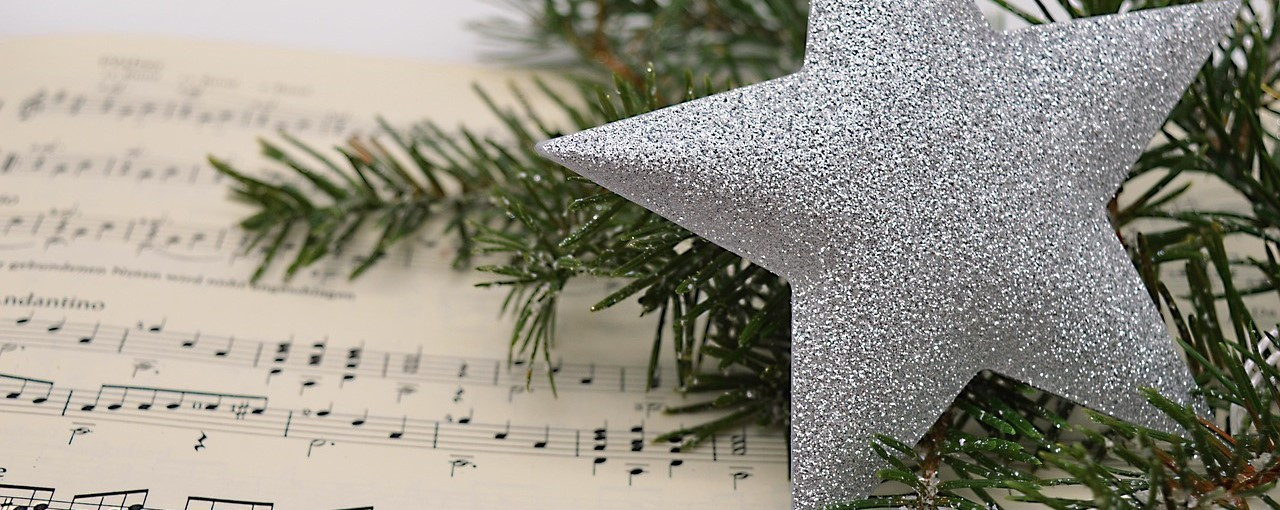


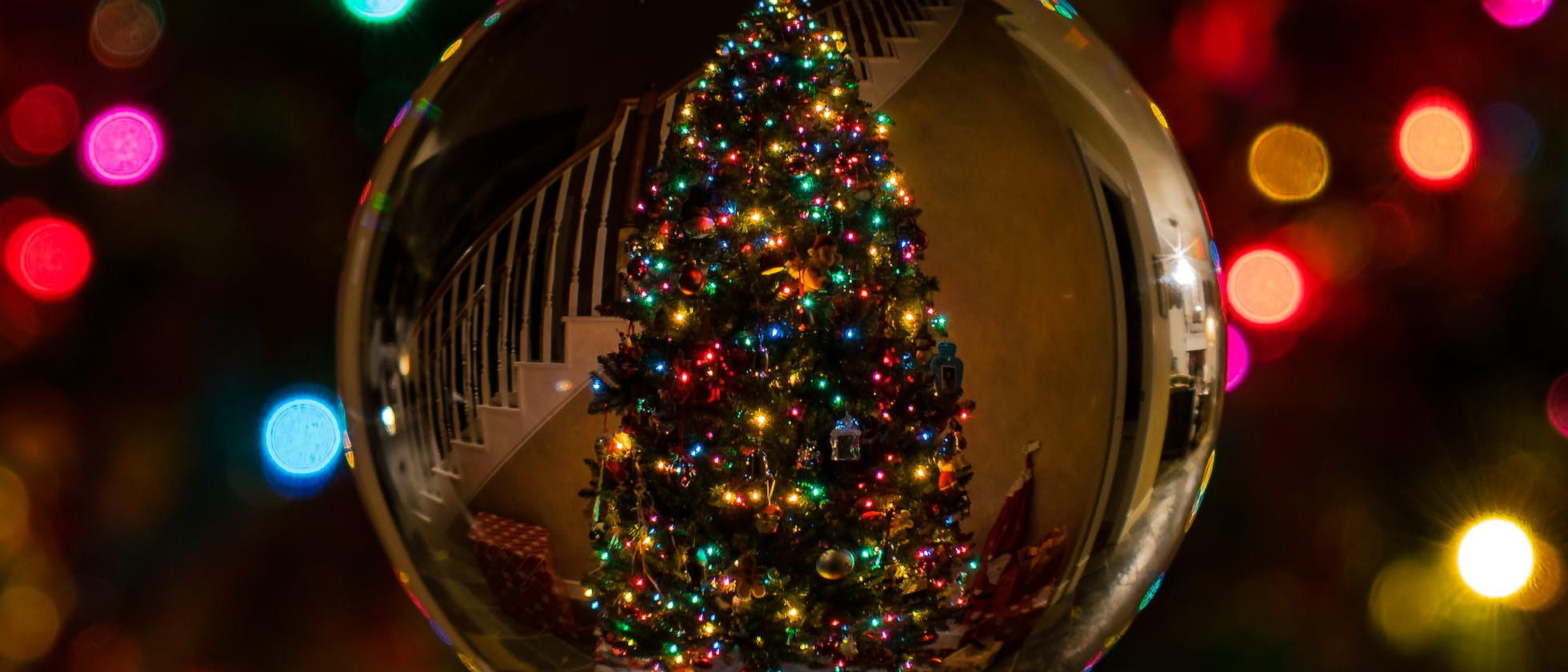
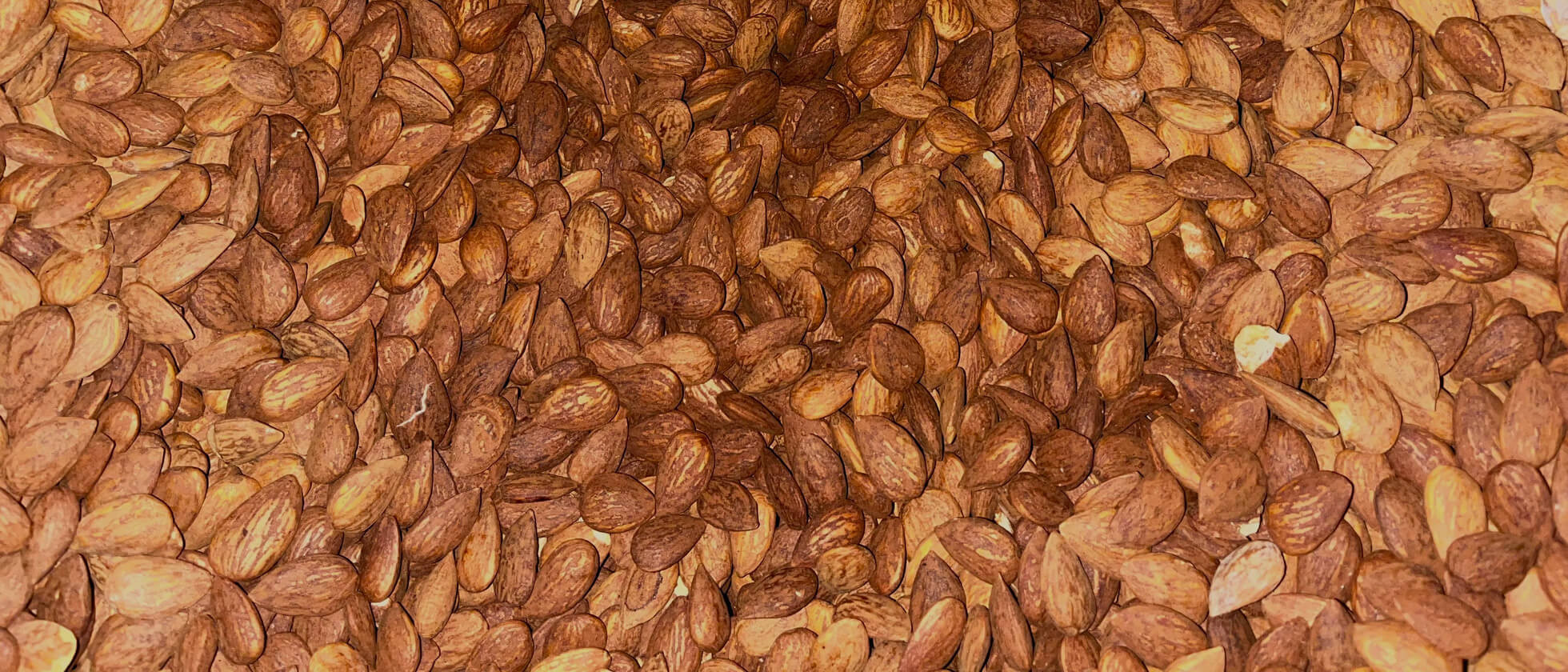
Leave a comment